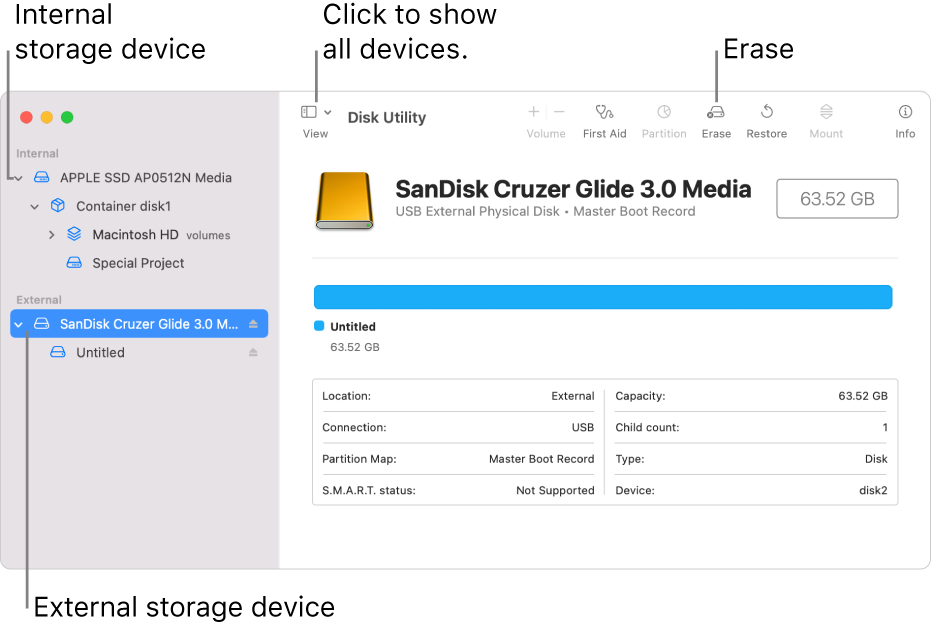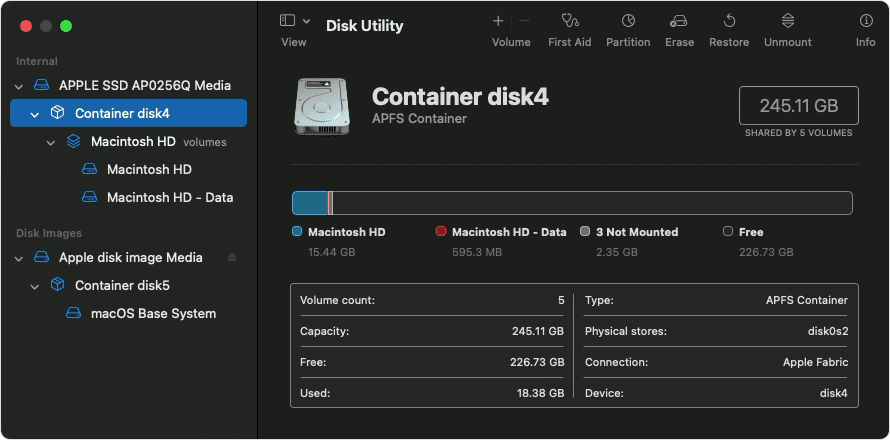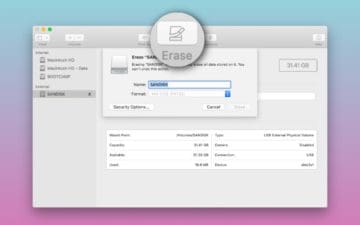
Purchase/install/update your preferred virtualisation software (see list above).use a web browser to go to and see if you can view a web page Make sure your actual, physical Mac has a working internet connection e.g.Mac computer for hosting your preferred guest OS preferably with a working Recovery Partition.Preparation NOTE: You will need the following:

NOTE: This document was written using a Mac mini (2014 model) with macOS 10.14 Mojave running in 64-bit only test mode and using Parallels Desktop 14.1.2, VMWare Fusion 11.0.2 and VirtualBox 6.0.4. macOS 12 - does not support 32-bit applications, new security/update model.macOS 11 - does not support 32-bit applications, new security/update model.macOS 10.15 - buggy, slow + the new Apple File System (APFS), does not support 32-bit applications.


This article deals with transferring an existing Mac running Mac OS X / OS X / macOS to a virtual machine, or take a bootable storage device/clone/disk image and convert it into a virtual machine. MacStrategy presents this special guide to virtualising a physical Mac/hard disk/clone/disk image file. The ability to virtualise an existing Mac/macOS installation is important and very useful as it is an easy way to continue running your old Mac and also a possible way to run 32-bit applications that do not run on macOS 10.15 or later. Instructions for installing, setting up and virtualising a physical Mac/hard disk/disk image file Virtualising a physical Mac/hard disk/clone/disk image file Virtualising a physical Mac/hard disk/clone/disk image file Article ID = 232Īrticle Title = Virtualising a physical Mac/hard disk/clone/disk image file


 0 kommentar(er)
0 kommentar(er)
